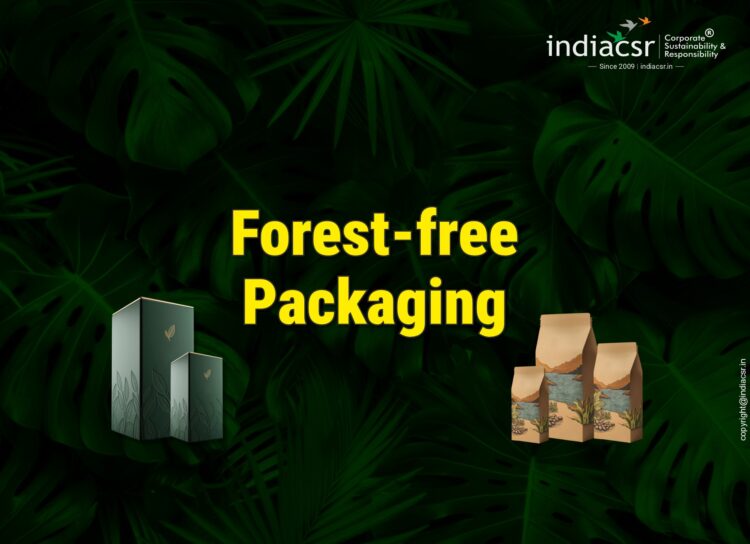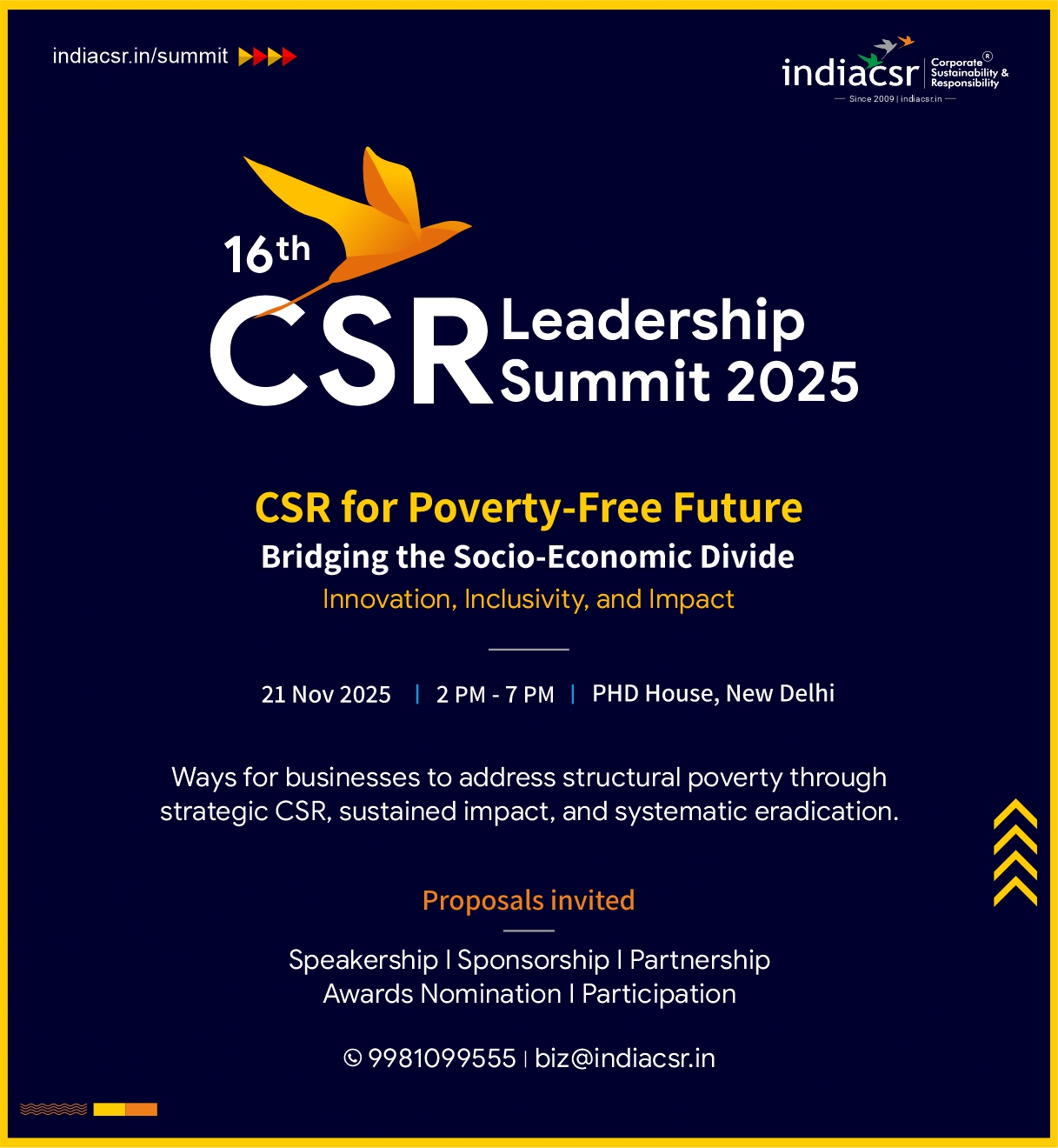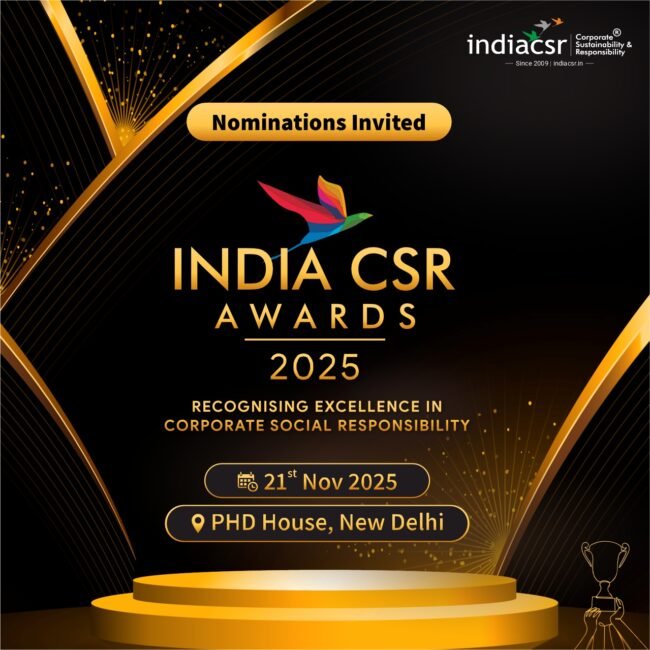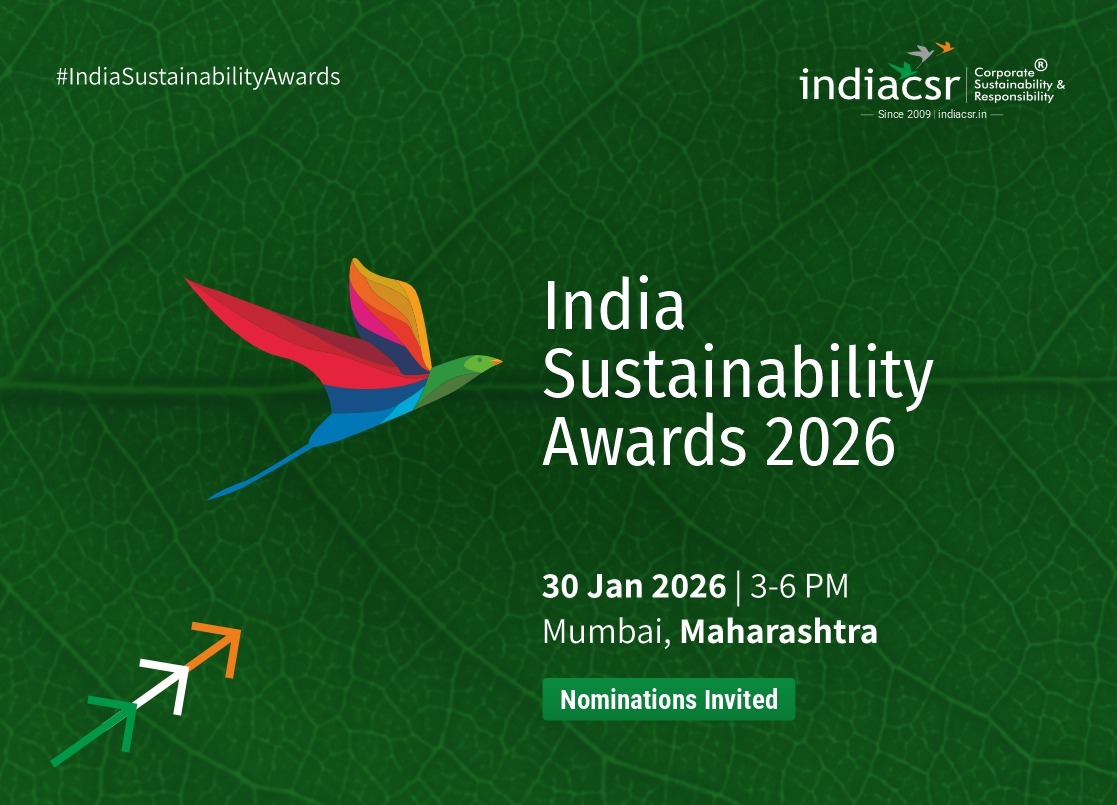How forest-free packaging is transforming industries with eco-friendly materials, circular design, and zero-deforestation goals.
In an era where environmental concerns dominate global conversations, forest-free packaging emerges as a beacon of innovation. This approach to product wrapping and containment prioritizes materials that do not contribute to deforestation. By steering clear of virgin wood pulp and other forest-derived resources, brands can reduce their ecological footprint while meeting consumer demands for ethical choices. Forest-free packaging isn’t just a trend—it’s a necessity driven by climate change, biodiversity loss, and regulatory pressures. As companies race to align with the United Nations’ Sustainable Development Goals, this strategy offers a practical pathway forward. Imagine a world where your morning coffee cup or online delivery box doesn’t harm ancient woodlands. That’s the promise of forest-free solutions. In this article, we explore its purpose, core pillars, significance, real-world examples, and the road ahead. Whether you’re a business owner, eco-conscious shopper, or sustainability enthusiast, understanding forest-free packaging empowers you to make informed decisions.
The Purpose of Forest-Free Packaging
At its heart, forest-free packaging serves a singular, urgent purpose: to halt the relentless destruction of the world’s forests. Forests cover about 31% of Earth’s land surface, yet they face annual losses equivalent to 420 million soccer fields, according to the Food and Agriculture Organization. Traditional packaging relies heavily on paper and cardboard from tree pulp, fueling this crisis. Forest-free alternatives aim to break this cycle by sourcing materials from abundant, renewable, or recycled origins.
The drive stems from broader environmental imperatives. Deforestation releases stored carbon dioxide, exacerbating global warming. It also displaces wildlife and erodes soil health. By adopting forest-free methods, industries can preserve these vital ecosystems. Beyond ecology, the purpose extends to economic resilience. Supply chains become more stable, less vulnerable to logging bans or timber shortages. For consumers, it fosters trust—over 70% of shoppers prefer brands with transparent sustainability practices, per Nielsen reports.
Moreover, this packaging aligns with corporate social responsibility. Companies like Unilever and Nestlé have pledged zero-deforestation supply chains by 2025. Forest-free packaging operationalizes such commitments, ensuring products reach shelves without compromising planetary health. It’s not merely about avoidance; it’s about proactive stewardship. Through innovation, businesses transform packaging from a waste generator into a circular economy enabler. This purpose resonates deeply in a market where green claims must withstand scrutiny, avoiding greenwashing pitfalls.
***
Core Pillars of Forest-Free Packaging
Forest-free packaging rests on four foundational pillars: material innovation, lifecycle assessment, supply chain transparency, and scalability. Each pillar reinforces the others, creating a robust framework for sustainable design.
First, material innovation leads the charge. Developers turn to alternatives like sugarcane bagasse, mushroom mycelium, seaweed extracts, and agricultural waste. These sources regenerate quickly without taxing forests. For instance, bagasse— the fibrous residue from sugar processing—molds into sturdy boxes rivaling cardboard strength. Mycelium, nature’s fungal network, grows into custom shapes in days, using minimal energy.
Second, lifecycle assessment evaluates impacts from cradle to grave. This pillar demands rigorous analysis of a material’s carbon footprint, water usage, and end-of-life recyclability. Tools like ISO 14040 standards guide evaluations, ensuring forest-free options truly outperform traditional ones. A seaweed-based wrapper might biodegrade in soil within weeks, closing the loop efficiently.
Transparency forms the third pillar. Blockchain and certification programs, such as the Forest Stewardship Council alternatives like the Rainforest Alliance, track origins. Consumers scan QR codes for verifiable data, building accountability. This openness mitigates risks of illegal sourcing, a persistent issue in global trade.
Finally, scalability ensures viability. Pilot projects must evolve into mass production without quality dips. Investments in machinery and partnerships with suppliers amplify reach. These pillars aren’t isolated; they interlock. Innovating materials without assessing their lifecycle risks failure, while transparency without scale limits impact. Together, they fortify forest-free packaging as a mainstream solution.
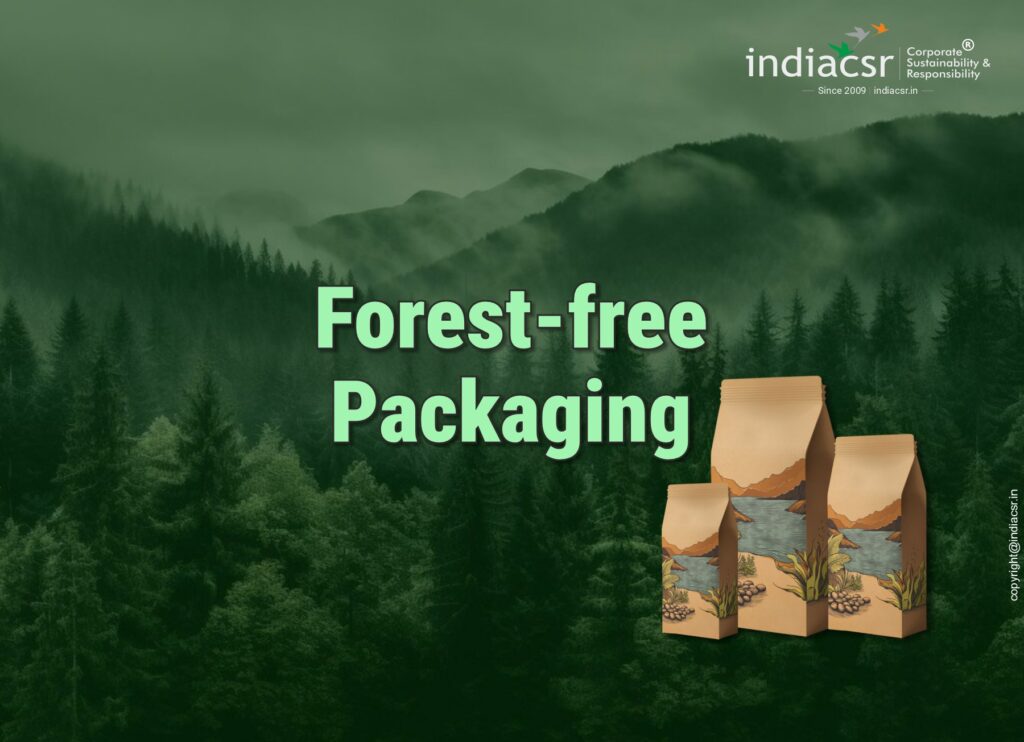
To achieve its purpose, forest-free packaging rests on four key pillars: innovation, responsibility, circularity, and scalability.
1. Innovation in Materials
Forest-free packaging relies on creativity in material science. Companies are investing in alternative fibers such as bamboo, sugarcane bagasse, hemp, banana fiber, and agricultural residue. These sources regenerate faster than trees, reducing environmental pressure and providing comparable strength and flexibility to traditional paper.
2. Environmental Responsibility
This pillar focuses on reducing ecological impact. Forest-free solutions minimize the use of chemicals, energy, and water in production. They often utilize waste streams from agriculture, giving new life to byproducts that would otherwise be discarded or burned.
3. Circularity and End-of-Life Design
True sustainability lies in designing for reuse, recycling, and compostability. Forest-free packaging promotes circular models where every package can re-enter the production cycle as raw material or safely biodegrade without leaving toxins behind.
4. Scalability and Affordability
For large-scale adoption, forest-free packaging must remain cost-effective and easily available. As technology evolves, innovations in biomanufacturing and supply chain integration are helping make these materials commercially viable for brands across sectors—from food and beverages to cosmetics and e-commerce.
***
The Significance of Adopting Forest-Free Packaging
The significance of forest-free packaging transcends niche appeal—it’s a game-changer for industries and ecosystems alike. Environmentally, it directly combats deforestation, which accounts for 12-15% of global greenhouse gas emissions, as noted by the World Resources Institute. By diverting demand from wood fibers, it safeguards carbon sinks and biodiversity hotspots like the Amazon.
Economically, the benefits compound. The global sustainable packaging market, valued at $280 billion in 2023, projects to hit $440 billion by 2030, per Grand View Research. Early adopters gain competitive edges through cost savings—recycled or bio-based materials often prove cheaper long-term. Regulatory compliance adds another layer; the EU’s Green Deal mandates deforestation-free imports by 2025, pressuring non-compliant firms.
Socially, it empowers communities. Sourcing from agricultural byproducts supports rural economies in developing regions, creating jobs in processing hubs. Consumers feel empowered too, with 78% willing to switch brands for eco-friendly packaging, according to Deloitte surveys. This shift influences behavior, normalizing sustainability.
On a planetary scale, significance lies in ripple effects. Reduced packaging waste—over 140 billion pounds annually in the U.S. alone—eases landfill burdens and ocean pollution. Forest-free practices inspire cross-sector collaboration, from fashion to food. Ultimately, its importance underscores a truth: small changes in daily items like boxes and wraps yield monumental conservation wins.
Forest-free packaging plays a crucial role in addressing three pressing global challenges: climate change, waste management, and deforestation.
- Climate Resilience:
Forest-free materials help sequester less carbon during production and reduce reliance on fossil fuels. By cutting deforestation, they protect carbon sinks that regulate the planet’s temperature. - Biodiversity Protection:
Forest conservation protects habitats for countless species. Forest-free alternatives prevent ecosystem disruption and soil erosion caused by large-scale logging. - Resource Efficiency:
These materials often come from fast-growing crops or byproducts, making them more efficient in terms of land and water use. This supports sustainable agriculture and rural livelihoods. - Corporate and Consumer Responsibility:
With rising awareness, consumers are demanding eco-conscious packaging. Companies that adopt forest-free packaging demonstrate leadership in sustainability and brand integrity, appealing to environmentally aware markets.
***

Real-World Examples of Forest-Free Packaging in Action
Forest-free packaging shines brightest through tangible examples, showcasing creativity across sectors. Take Ecovative Design’s mushroom packaging, used by IKEA for furniture protection. Grown from agricultural waste and mycelium, it replaces Styrofoam, decomposing naturally in 45 days. This innovation cut IKEA’s plastic use by thousands of tons, proving scalability in retail.
In the food industry, Notpla’s seaweed-based coatings offer a compelling case. Their Ooho pods encase water or condiments, dissolving harmlessly post-use. Partnering with Just Eat, they’ve coated millions of delivery bags, slashing single-use plastics. Derived from brown seaweed farmed sustainably, these materials avoid forest inputs entirely.
Beverage giants like Coca-Cola experiment with plant-based bottles from recycled PET and bio-derived additives. While not fully forest-free yet, their PlantBottle initiative incorporates cotton husks, diverting from tree pulp. Over 100 billion units shipped demonstrate market readiness.
Beauty brand Lush employs cornstarch trays for bath bombs, molded from non-GMO corn starch. These trays compost at home, reducing shipping voids filled with paper. Lush’s approach highlights aesthetic appeal—sleek designs that don’t sacrifice branding.
Tech leader Dell uses bamboo fibers blended with recycled plastics for laptop cushions. Bamboo, a fast-growing grass not classified as a tree, ensures forest neutrality. This has protected over 10,000 acres indirectly by offsetting wood demand.
These examples illustrate versatility. From e-commerce to cosmetics, forest-free options integrate seamlessly, driving adoption. Startups like Packhelp offer customizable solutions, democratizing access for small businesses. Each success story validates the model’s potential, inspiring wider emulation.
The shift toward forest-free solutions is already visible across industries:
- Unilever has piloted packaging made from agro-waste fibers, reducing dependence on virgin paperboard.
- Lenzing Group has introduced TENCEL™ fibers derived from bamboo and agricultural residues for compostable packaging.
- Bamboo-based packaging by brands like Panda Pack and Bamblu is becoming common for cosmetics and personal care products.
- Bagasse packaging, derived from sugarcane waste, is used by major food delivery platforms to replace plastic containers.
- Mushroom packaging—a material grown from mycelium—has gained attention as a compostable, renewable alternative to Styrofoam.
These examples illustrate how innovation and sustainability can work hand in hand to create a low-carbon packaging ecosystem.
***
Challenges and Solutions in Forest-Free Implementation
Despite promise, forest-free packaging faces hurdles like higher upfront costs and material variability. Bio-based options can cost 20-30% more initially, deterring budget-conscious firms. Solutions include government incentives, such as tax credits under the U.S. Inflation Reduction Act, and bulk sourcing to lower prices.
Supply inconsistencies pose another challenge—weather affects crop yields for alternatives like bagasse. Diversifying suppliers and investing in R&D, as seen with BASF’s bio-polymer labs, builds resilience. Consumer education gaps persist too; many misunderstand “forest-free” versus “recyclable.” Clear labeling and campaigns bridge this, fostering demand.
Regulatory fragmentation across borders complicates global rollouts. Harmonizing standards via international bodies like the WTO accelerates progress. By addressing these proactively, the path smooths for broader uptake.
***
The Future of Forest-Free Packaging
Looking ahead, forest-free packaging will evolve with tech like 3D printing for on-demand molds and AI-optimized material blends. Projections suggest 60% of packaging could be bio-based by 2030, per McKinsey. Collaborations with biotech firms promise breakthroughs, such as algae-derived films.
Consumer trends will propel this—Gen Z’s 85% preference for sustainable brands, per PwC, demands innovation. Policy tailwinds, including plastic taxes, reinforce momentum. The future envisions a seamless blend of function, form, and ecology.
The Road Ahead: Forest-Free Packaging and the Circular Economy
Forest-free packaging represents a critical step toward a circular and regenerative economy. It complements broader sustainability movements like zero waste, plastic reduction, and climate-neutral supply chains. Governments, businesses, and consumers must collaborate to scale these solutions through:
- Policy support for research and industry adoption.
- Public awareness campaigns to promote forest-free alternatives.
- Corporate partnerships for technology transfer and global best practices.
- Green certifications that validate sustainable sourcing and production.
Ultimately, the goal is to make forest-free packaging a mainstream norm, not a niche alternative. By integrating sustainability into design, production, and disposal, industries can decouple growth from environmental degradation.
Rethinking the Future of Packaging
Forest-free packaging isn’t a fleeting fad; it’s a cornerstone of sustainable progress. By grasping its purpose, pillars, significance, and examples, we see its power to transform. Individuals can advocate through purchases, while businesses innovate boldly. Together, we protect forests, one package at a time. The choice is clear: act now for a verdant legacy.
The global packaging industry is undergoing a green revolution. As deforestation and climate change continue to threaten biodiversity and natural resources, companies are exploring innovative solutions to minimize their environmental footprint. One of the most promising developments is forest-free packaging—an approach that eliminates the use of virgin wood pulp and relies instead on renewable, recycled, or alternative natural materials. This shift is not only about reducing paper waste but also about promoting responsible consumption, sustainable sourcing, and a circular economy.
(India CSR)


